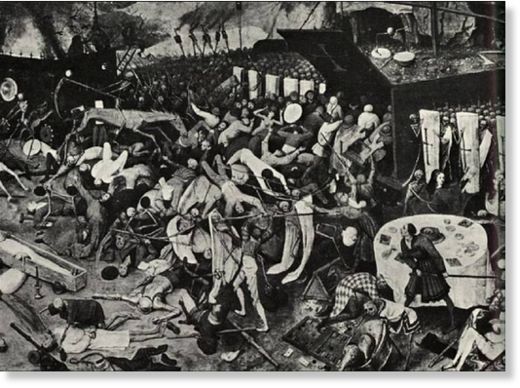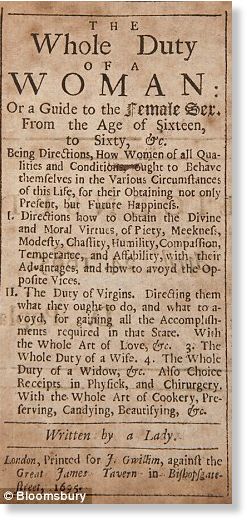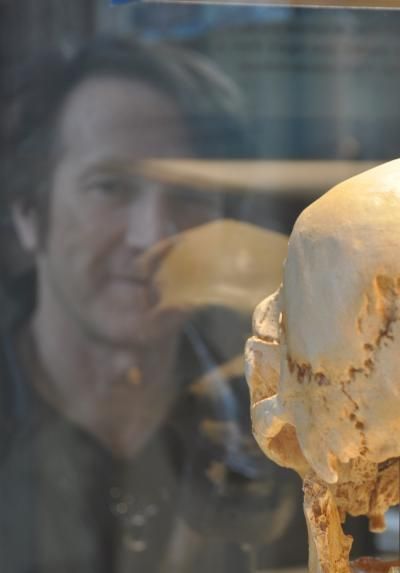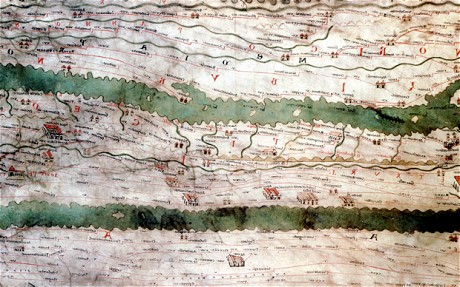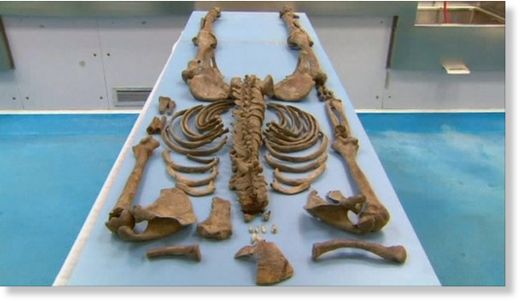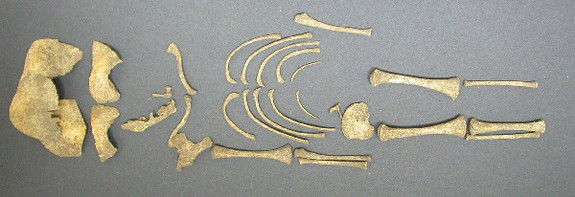
The bones spent close to a century in 35 small boxes meant to hold loose cigarettes and shotgun cartridges, each box big enough to hold the complete skeleton of one infant. Then Jill Eyers found them in a museum archive.
"It was quite heart-rending, really, to open all these little cigarette boxes and find babies inside," said Eyers, an archaeologist and director of Chiltern Archaeology in England. "But they kept very well over 100 years."
These remains were already ancient by the time they were excavated from the English countryside in 1912 and put into boxes. Eyers estimates they are now about 1,800 years old, dating back to the time when England was part of the Roman Empire.
These 35 babies appear to have died soon after they were born, the victims of infanticide. But while these deaths clearly seem unnatural, Eyers and a fellow researcher disagree on the circumstances behind them, with Eyers suspecting a brothel was to blame.
